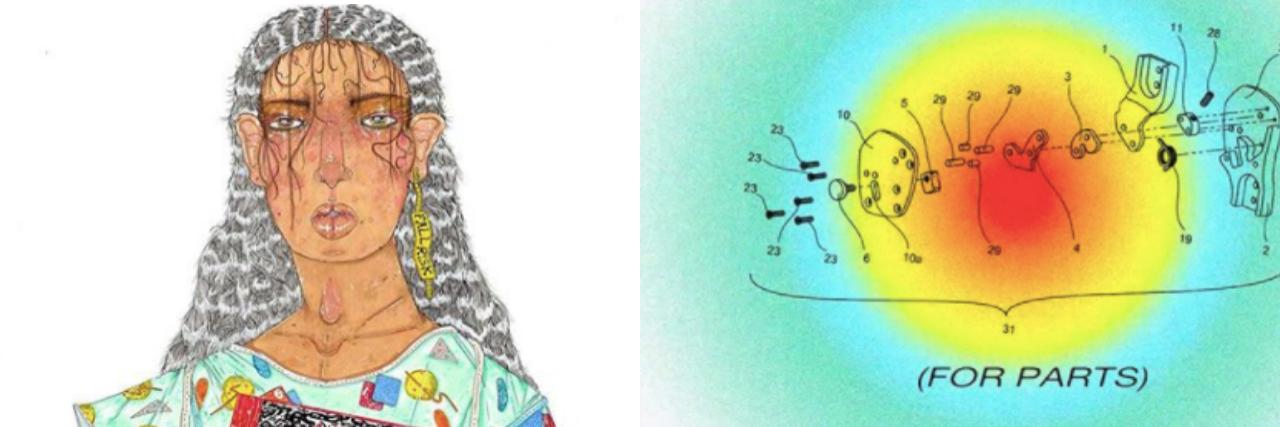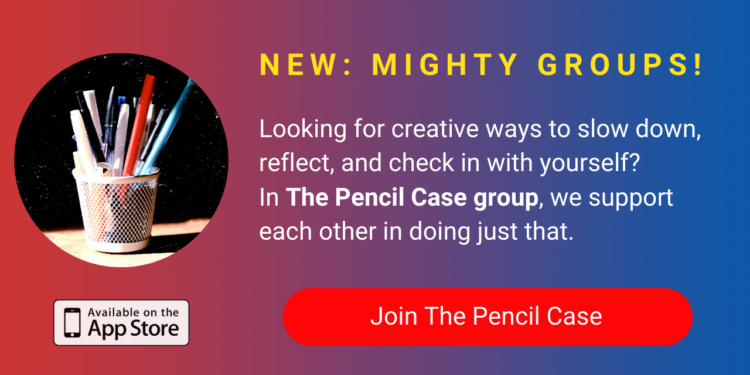Artist Panteha Abareshi Uses Art to Show What Chronic Illness Actually Looks Like
What happened: Artist Panteha Abareshi, who has sickle cell beta zero thalassemia, spoke to gal-dem about her art. In the profile, Abareshi discussed what it is like to watch able-bodied people during the coronavirus outbreak “suddenly thinking about their own health in a more frantic state,” which is the norm for chronically ill people. Abareshi also criticized the taboo nature surrounding prosthetics and the inherent ableism of our world.
It’s the radical notion that that is the next step in evolution. These pieces of metal are what holds me together. I’m no longer an organic body, and I no longer adhere to a lot of what defines being human. They’re ableist standards. Everything in medicine is trying to imitate the able body and I’m tired of it. — Panteha Abareshi, gal-dem
The Frontlines: Artists like Abareshi continue to push barriers of what being sick looks like through their artwork. She showcases what it is like to be chronically ill in a world where a lot of people do not understand living with a chronic condition.
- Abareshi’s provocative artwork lead to her becoming the cover model of Bitch Media’s Sick Issue.
- Artist Jennifer Walker, who has rheumatoid arthritis and fibromyalgia, had her paintings featured in fashion designer Michael Kuluva’s spring/summer 2020 fashion show in New York City.
- A study published in American Journal of Public Health found that visual arts help people express how their illnesses make them feel.
Get more on chronic illness: Sign up for our weekly chronic illness newsletter.
A Mighty voice: Contributor Amanda Stelcova wrote about how creating mixed-media art helps her cope with living with chronic vestibular migraine. “It held me completely in the present moment and brought meaning back into the huge void in my life created by chronic illness.” You can submit your first-person story, too.
From our community
Add your voice:
Other things to know: There are many other artists who express what it is like to live with mental illness, disability, cancer and more. One thing that many of these artworks have in common is that they try to send a message, like Abareshi’s work. If you want to see the work of other artists who touch on health, here are some you can check out:
- Marcela Sabiá Creates Body-Positive, Mental Illness Inspired Art
- Autistic Artist Margaux Wosk Uses Their Colorful Artwork as a Form of Advocacy
- Quarantine Comics: A Day in the Life of Someone With Mental Illness
- 9 Relatable Comics That Nail What It’s Like to Have Chronic Illness
Where to learn more: If you want to support Abareshi, you can follow her on Instagram or purchase a piece of artwork. You can also support other chronically ill artists like bedmonk and Savannah Hudson.
Images via Instagram/@pantehart


